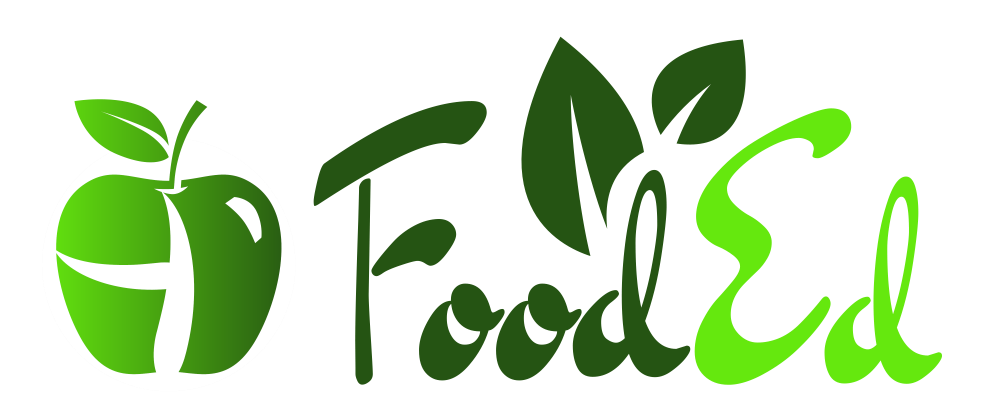A diet that includes excess amounts of fat is one of the major causes of disease and premature death in modern societies. High fat intake is being associated with the current epidemic levels of CVD, stroke, diabetes, and several types of cancer (breast, prostate, colon). There are also fats that are essential for good health, the essential fatty acids. Thus, a healthy diet must contain adequate amounts of the essential fatty acids while still avoiding excess fat intake.
Saturated fat
The almost universally accepted recommendation to restrict the intake of SFA below 10% of your calories has persisted despite mounting evidence to the contrary. Since the 1977 USA issued McGovern report on diet and health, SFA has been the dietary evil. When this report was first published it created a shockwave through the food industry as it recommended to decrease our intake from animal products. After lots of pressure from the industry the wording was changed from animal products into saturated fat and cholesterol. This reductionist view of not looking at the whole food but at the individual nutrients served above all the industries tied to the consumption of animal derived foods and left the consumer in the dark.
This change in wording gave the rise to many processed low-fat products which have left the public in a worse state of health than before. In the 80’s whole ingredients formed around half of our dietary intake and processed foods only around 15%. By the year 2000 they switched sides and now processed foods account for more than half of diet.
This change from looking at the individual nutrients instead of the whole food is also the cause for the confusion in scientific reports where there is no beneficial effect found for the reduction of SFA. The focus on SFA & Cholesterol as the main offending agents is misleading. As the problems are caused by the whole sources of these nutrients, which are animal derived foods and the tropical vegetable oils. Reduction of the intake of these foods is a good health goal in itself, but by ignoring the evidence against consumption of animal derived proteins and focusing, instead on saturated fat and cholesterol, we have lost a great opportunity to address the real cause for the epidemic of non-communicable diseases.
Trans fat
Trans fatty acids are unsaturated fatty acids that come from either natural or industrial sources. The industry uses a process called hydrogenation to turn the liquid oils into a solid, in this process the trans fats are created. Trans fats are detrimental for our health, increasing our risk for CVD. Industrial trans fats are being phased out due to government regulations that limit the amount of trans fat that any product may contain. Previously 80% of our trans fat intake came from industrial sources. With this ban on trans fat oils, the only source of trans fat in our diet left will be meat and milk products. They used to provide only about a fifth of our trans-fat intake but now become the main source. These natural trans fats have the same detrimental effects on our health as the industrial ones.
Unsaturated fat
An unsaturated fat has at least one double bond within the fatty acid chain. A monounsaturated fatty acid has one double bond, an example is oleic acid, which is the main component of olive oil. The polyunsaturated fatty acids have 2 or more double bonds in their fatty acid chain.
The unsaturated fatty acids can also be divided according to the length of their fatty acid chains. We have short chain fatty acids, the ones produced by your healthy gut bacteria, with a chain length not longer as 5. Medium chain fatty acids have a chain length of 6-12 fatty acids, and long chain fatty acids are longer than 12. The short and medium chain fatty acids are directly absorbed into your bloodstream and follow the same path as most other nutrients. The LCFA are absorbed and then reassembled into triglycerides which go through the lymphatic system and enter the bloodstream at the thoracic duct near the heart. The triglycerides are 3 fatty acids bound to a glycerol backbone which are coated with cholesterol & protein in your bloodstream to form chylomicrons.
In our bloodstream there are several types of fat that can be measured with a so called lipoprotein panel.
The total cholesterol:
gives you the amount of cholesterol in your blood, including both LDL & HDL. Cholesterol is a fatty substance produced in the liver and found in all the cells in your body. There is no dietary requirement for cholesterol, meat, dairy, and eggs are sources of cholesterol in our diet. Dietary cholesterol has only a minor effect of blood cholesterol, about half of it is only absorbed and thus gives a rise in blood cholesterol. The bigger issue is the food that contains the cholesterol, which is often high in saturated fats & animal protein.
VLDL:
Very low-density lipoprotein is the transport vehicle for the delivery of fatty acids to the heart, muscles and adipose tissue.
LDL:
Low-density lipoprotein is the end product of VLDL, when the fatty acids are delivered there is mostly cholesterol left. LDL is often called the bad cholesterol as it is the main source of cholesterol build-up in the arteries, which increases your risk for heart attacks or strokes.
HDL:
High density lipoprotein is often called the good cholesterol as it removes cholesterol from the tissues. Higher levels of HDL are considered beneficial for your heart health. However, you can see the HDL cholesterol like the garbage trucks, picking up any residue. When there are low levels of garbage in your system there is also no need for lots of garbage trucks. A high level of HDL is not a goal for a healthy blood in itself, in a healthy body there would not be a need for high amounts of HDL.
Polyunsaturated fat
There are two types of polyunsaturated fatty acids that are essential in our diet, n-3 & n-6. The number 3 & 6 giving the place of the first double bond counting from the end. Our body is not able to synthesize the fatty acids and we must get them from our diet. We only found out about the necessity of fat in our diet in the 60’s when total parenteral nutrition was developed, which means feeding someone exclusively through IV.
Essential fatty acids are required for several vital functions. They play important roles in the formation of cell membranes, immune response, transport of cholesterol, and in hormone production. The WHO recommends that we should get at least 0.5% of our energy from n-3 & 2% of n-6 fatty acids. These amounts are already present in 1 tablespoon of ground chia or flax seeds.
The best sources of the EFA’s are green leafy vegetables, flaxseeds, soybeans, nuts, and seeds. A whole foods plant-based diet will provide you with adequate amounts of the EFA’s, without the problems associated with animal products, processed oils and supplements.
If we look at the pathways for the n-3 & n-6 you can see that they use the same enzymes for their conversion into the longer chain fatty acids. These enzymes have a greater affinity for n-3 than for n-6. However, since the intake of n-6 has increased exponentially in the Western diet, we used to have a ratio of 1-1 but nowadays this can go up to 1-20 or more, More of the inflammatory AA is formed than the beneficial EPA & DHA. This high amount n-6 in the diet, mostly from vegetable oils, can make it impossible for the body to produce enough EPA & DHA because there is more AA formed.
This gave rise to the fish oil capsules as a shortcut to health. The fish oil capsules with preformed EPA & DHA have some other issues. As our oceans have become so polluted that fish may contain various pollutants like PCB’s, pesticides, DDT, and heavy metals that can all negatively affect human health. Studies done in the US have shown that just a single serving of fish a week may significantly increase one’s risk of diabetes. All these POP’s may completely counteract any benefits from the n-3 fatty acids.
You can also get the supplements with n-3 fatty acids that are algae based, which circumvents the issue of bioaccumulation of toxins in the fish. But the research on supplementation with preformed EPA/DHA is inconclusive, with some studies showing benefits and others showing harm.
High amounts of n-6 in your diet fuels several inflammatory pathways whereas n-3 fuels anti-inflammatory pathways. The best approach would be to limit the intake of the inflammatory n-6 fatty acids and in this way give your body the best ability to convert the plant-based ALA n-3 fatty acid into the beneficial EPA & DHA.



